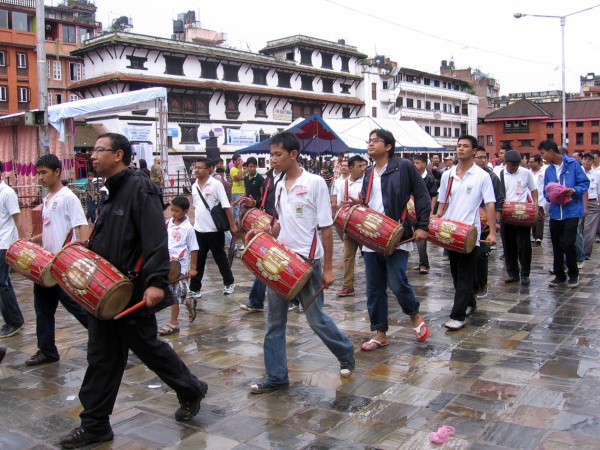Facts About Gunla Bajan
Gunlā Bājan is a deeply resonant form of devotional music cherished by the Newar community in Nepal. The term "Gunla" refers to the tenth month in the Nepal Sambat calendar, which aligns with August in the Gregorian calendar. "Bajan" translates to "music" or "ensemble." During this sacred month, Newa Buddhists dedicate themselves to reciting scriptures, visiting temples, and playing soulful music, continuing a tradition that dates back to the Buddha’s time, when monks would observe a rains retreat to teach the Dharma.
Different societies, often organized by locality or caste and with hereditary membership, present these Gunla Bajan performances. These events encompass public ceremonies, music lessons, religious festivals, hymn singing sessions, and communal feasts. The most significant ritual during Gunla is the daily pilgrimage to prominent Buddhist sites like Swayambhu. Special days, such as Bahidyah Swahwanegu and Nisala Chhawanegu, are celebrated with unique rituals and music performances. On the New Year's Day of Nepal Sambat, Gunla musical bands lead vibrant processions.
A typical Gunla music performance begins with a salutation to deities and includes various pieces played during processions, shrine visits, and other ceremonies. Musicians use traditional instruments, such as the double-sided drum "dhaa" trumpets, clarinets, cymbals, small drums, and trumpets like "payentah." Notable pieces such as "Gwara" are often performed in temple squares and courtyards, with musicians forming a circle.
The music performed during Gunlā Bājan is a beautiful amalgamation of traditional melodies, seasonal songs, and even some modern compositions. The instruments and performances of Gunla music reflect the profound cultural and religious heritage of the Newar community in Nepal.

 China
China